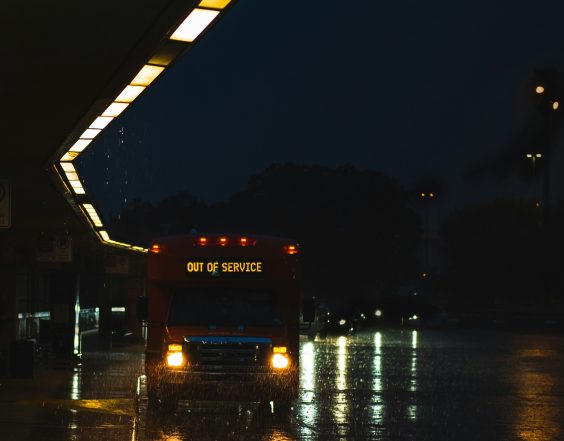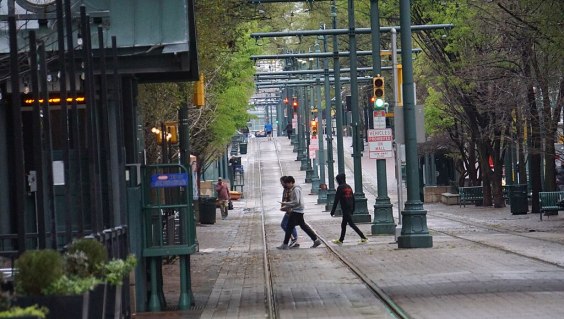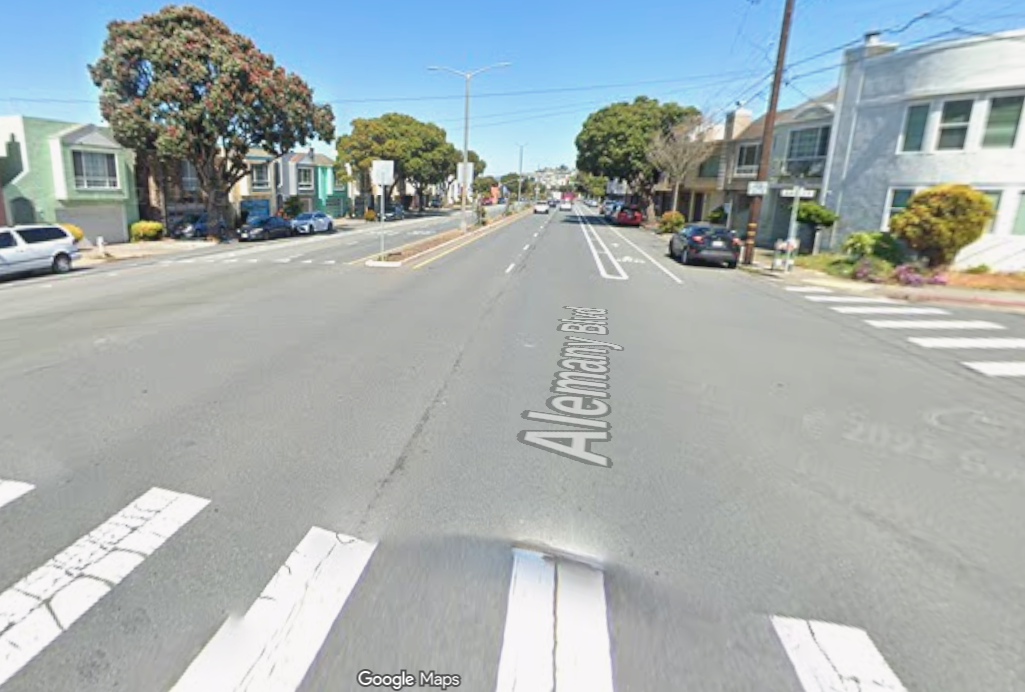
 Andrew Price used a sunburn map to highlight the places (blue) and "non-places" (red) in downtown Phoenix. Image: Strong Towns
Andrew Price used a sunburn map to highlight the places (blue) and "non-places" (red) in downtown Phoenix. Image: Strong TownsHere's a really interesting way to look at cities. Andrew Price at Strong Towns has developed a graphically compelling way to break down developed areas into what he calls "places" and "non-places."
He explains:
Places are for people. Places are destinations. Whether it is a place to sleep, a place to shop, a place of employment, or simply a place to relax - it has a purpose and adds a destination to the city. Building interiors are the most common form of Places found in cities. Examples of outdoor Places include;
- Parks and gardens
- Plazas
- Human-oriented streets
Non-Places are the padding between destinations. Examples of Non-Places include:
- Roads
- Freeways
- Parking Lots
- Greenspace
Price has developed a method that instantly conveys the ratio of places to non-places. Below he compares part of San Francisco to a suburban area of Little Rock.
This area of San Francisco, Price says, has a place to non-place ratio of 4.25:1 (81% place).
Now, for suburban Little Rock.
This area has a place to non-place ratio of 0.08:1 (8.5% place).
Price writes:
In the above example, 10.5 times more land is dedicated to Non-Places than Places! Is this even a financially viable way to build a city? No.
Compare those examples and ask yourself -- which one is more walkable (the topic of my National Gathering presentation)? Which one is getting their money's worth out of their infrastructure?
Elsewhere on the Network today: Peninsula Transportation explains why a Silicon Valley developer prefers to offer tenants transit passes, not parking spaces. (Spoiler: It's a whole lot cheaper.) And The Dallas Morning News' Transportation Blog reports that as protests have erupted over a proposed new toll road, the North Central Texas Council of Governments has come under fire for potentially inflating traffic projections.








